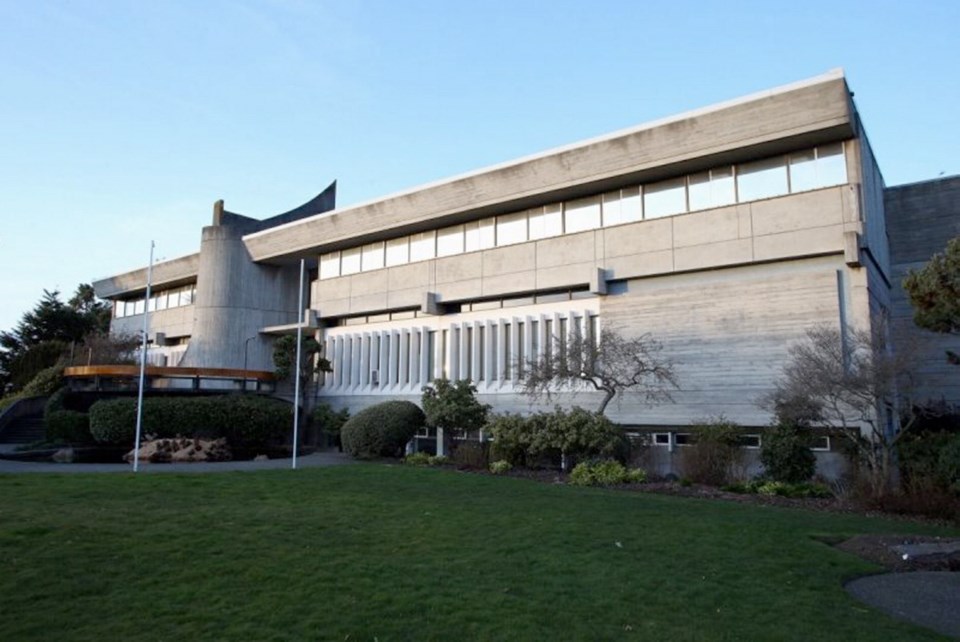Saanich council has voted unanimously to go with “non-toxic, poison-free” ways of getting rid of rats on its properties and hopes that will send a message to others to follow suit, Mayor Fred Haynes said.
“We are going to move away from the use of rodenticides and shift to safer products,” said Haynes. “And that’s really a signal to other people in the municipality to consider the same.”
One of the biggest concerns with using anticoagulant rodenticides — which kill rats through internal bleeding — is the death of owls that eat the rats, Haynes said. Other animals can be affected. “This would include cats, this would include raccoons and other wildlife.”
Haynes said that all Saanich can do with the use of rat poison is “fix our own house.” He said Saanich is the only local municipality making the move that it has.
“It’s a change of our own internal practice, so all the parks, all the buildings that Saanich uses, the public-works yard.”
He said similar initiatives have gone ahead in other municipalities, with North Vancouver doing something similar and Richmond also moving ahead.
Coun. Ned Taylor, who wrote a report on the matter, said municipalities don’t have the ability to regulate rodenticides.
“We’re wanting to lead by example,” he said. “What we can do is transition toward better alternatives ourselves, we can raise awareness of these issues.”
Ann Nightingale of the Rocky Point Bird Observatory said she is delightedwith what Saanich council has done.
“As the rodenticides have gotten more powerful, we’ve seen more and more deaths in local owl populations,” she said.
Poisoned rats are “easy prey” because they are in a weakened state, Nightingale said.
Taylor said several owls have died in recent weeks in Saanich.
“Studies have shown that most owls that are brought into rehabilitation centres in British Columbia have at least some rodent poison in them,” Nightingale said.
She said it is time to let people know about alternatives to rat poison. “Now what we need to do is pull together a really good plan to help people get rid of rats in their yards and homes without using rodenticides.”
Nightingale said that owls themselves can be a key to keeping the region’s rat problem in check.
“As long as we keep the owl population healthy they’ll really help us out in terms of keeping the rodent population in control.”
Taylor said owls eat about three rats in a night — up to 1,000 a year.
Prevention is also important, Nightingale said, which can mean getting rid of bird feeders or bringing them inside at night to keep seeds from attracting rats.
The use of mechanical traps is another choice, Nightingale said, but they have to be used carefully so they don’t catch “non-target” animals. “Good, strong, powerful snap traps, that’s an effective way to get rid of rats.”
One such trap has bait in a tube, and when a rat comes in it triggers a bolt to the head, she said, something she described as “quick and humane.”
Haynes said one of the next moves is for Saanich to contact the provincial and federal governments and encourage them to take action. “There’s no need to use these very toxic rodenticides.”
He said they are supposed to be used as a last resort, but people are using them as a first option.
Blair Dooley of Old Island Pest Control said rodenticides are completely fine if used in the right way.
“We’ve been using them for years and this is an issue that just popped up now.” He said the rodenticides that have been found in owls are not the same as what the company uses.
“Those are bought by the public, so they’re being misused by the public.”
Haynes said Saanich will send letters to all municipal councils across the province to present its views on the rodenticide issue.
“If we’re to protect our urban greenspace, these are important steps for us to be taking.”
Another possibility could be presenting the report written by Taylor to Capital Regional District directors, he said.
“An owl’s hunting ground covers more than one municipality.”



